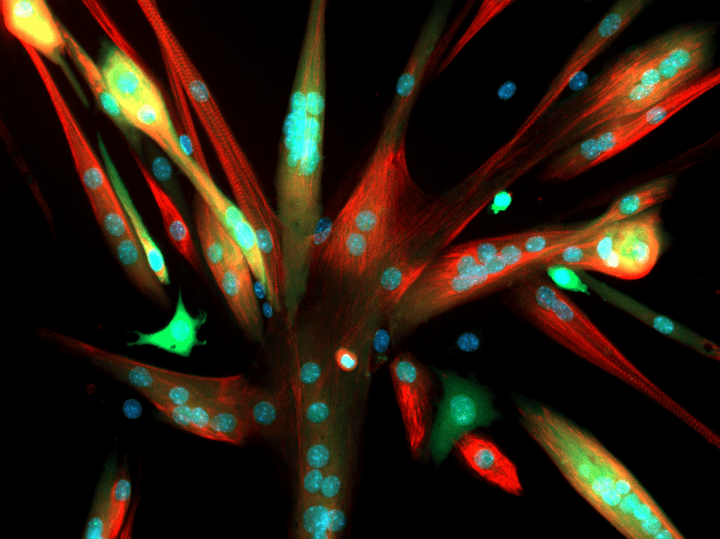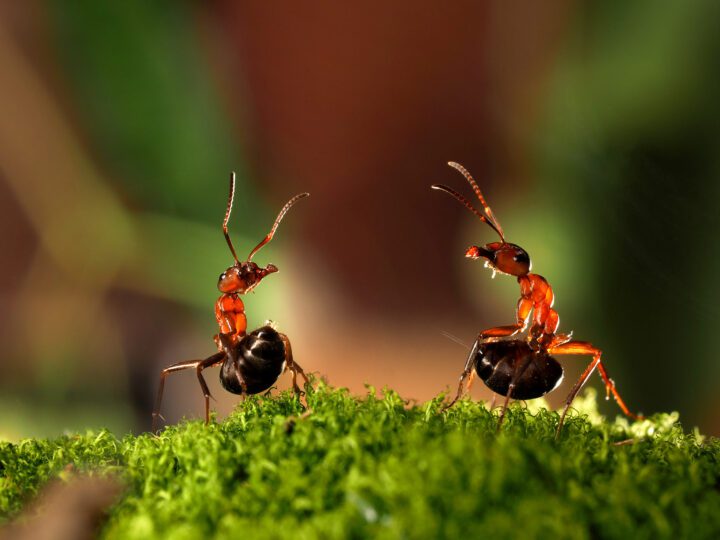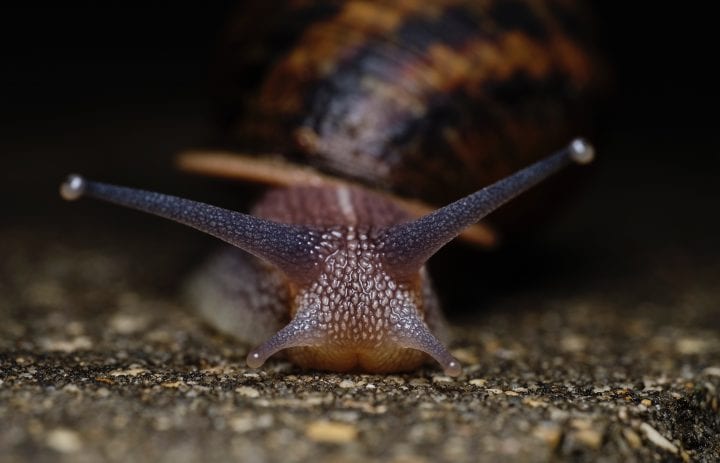Respond to Signals
To interact with its environment, a living system must not only sense a variety of signals, but also respond to them. To be energy- and material-efficient, those responses must be appropriate to the signal. This generally requires sensing thresholds to trigger an appropriate level of response (for example, hiding under a shrub versus running away to avoid a predator). Response strategies are tied to a specific signal and often have a response threshold, which determines how strong a signal must be to warrant expending energy to respond. One example is a plant that lives in arid regions in South Africa. Its seed capsules remain closed until rainfall triggers them to open to release the seeds. But the plant only responds to a second rainfall, thus protecting against releasing its seeds before there is enough sustained water for them to grow.
Sense Body Awareness
Sometimes, it is important for organisms to be aware of their body motions, where they and their body parts are in relation to objects or organisms around them, and internal signals that indicate how they are physically feeling (such as hungry or sick). This is more complicated than simply sensing touch or pain; it requires being aware of positions and internal sensations by gathering and processing many cues simultaneously. For example, a vulture in flight must take in many internal and external cues to be aware of and maintain its position in the air. These cues can include its internal sense of balance, visual cues, and how air currents feel on its wings, face, and other feathers.
Sense Balance/Orientation
Living systems must maneuver, remain in position, detect differences in weight, and find direction. This often requires more than visual cues, and so living systems have strategies for sensing balance and orientation from both internal and external cues. Once balance or orientation is detected, living systems must make the adjustments necessary to maintain position and direction. For example, sea slugs use neural mechanisms to detect and align themselves at an angle to the earth’s north-south magnetic axis.
Modify Position
Many resources that living systems require for survival and reproduction constantly change in quantity, quality, and location. The same is true of the threats that face living systems. As a result, living systems have strategies to maintain access to shifting resources and to avoid changing threats by adjusting their location or orientation. Some living systems modify their position by moving from one location to another. For those that can’t change location, such as trees, they modify position by shifting in place. An example of an organism that does both is the chameleon. This creature can move from place to place to find food or escape predators. But it also can stay in one place and rotate its eyes to provide a 360-degree view so that it can hunt without frightening its prey.
Modify Speed
Modifying speed or magnitude of velocity is important for some living systems because it enables them to control their movement to access resources, escape predators, and more. Modifying speed requires not only overcoming inertia, but also minimizing the energy needed to make the change. Therefore, living systems have strategies to safely shift from fast to slow or slow to fast. An example is a bird called the kingfisher, which streamlines its body and feathers to quickly move from hovering over water to diving through the air and into the water. Once in the water, the kingfisher slows down by spreading its wings to avoid diving too deep.







